Practical Tips for Hitting a Power Golf Fade
Could a Golf Fade Save Your Game? What About a Power Fade? Learn How and When to Use this Powerful Shot in Your Next Round.
We are all looking for more distance and greater accuracy in our game, and a golf fade is a great tool for accomplishing those goals.
The good news is, hitting a fade is a lot easier than many golfers realize. You just need to know a few key concepts and learn when to put your power fade skills to use. I’m going to walk you through all these details right now, including:
- What a golf fade is
- How to hit a power fade
- How to practice this skill
- When to use the power fade in your golf strategy
I’ll also share one astoundingly simple tip that will help you start fading the golf ball immediately.
Let’s get started.
What is a Golf Fade?
Before we can dig into the details, I need to clarify what we’re talking about when we talk about a power fade.
Take a minute to make sure you understand what it means to fade the ball, how a fade is different from a slice, and what makes a fade a power fade.
What is a Fade?
“Fade” refers to a specific type of ball flight. When you fade the golf ball, your golf shot starts straight toward the target. As the ball begins its descent, it falls slightly toward the right. This is assuming you’re right handed. If you’re a left-handed golfer, your golf fade falls slightly to the left.
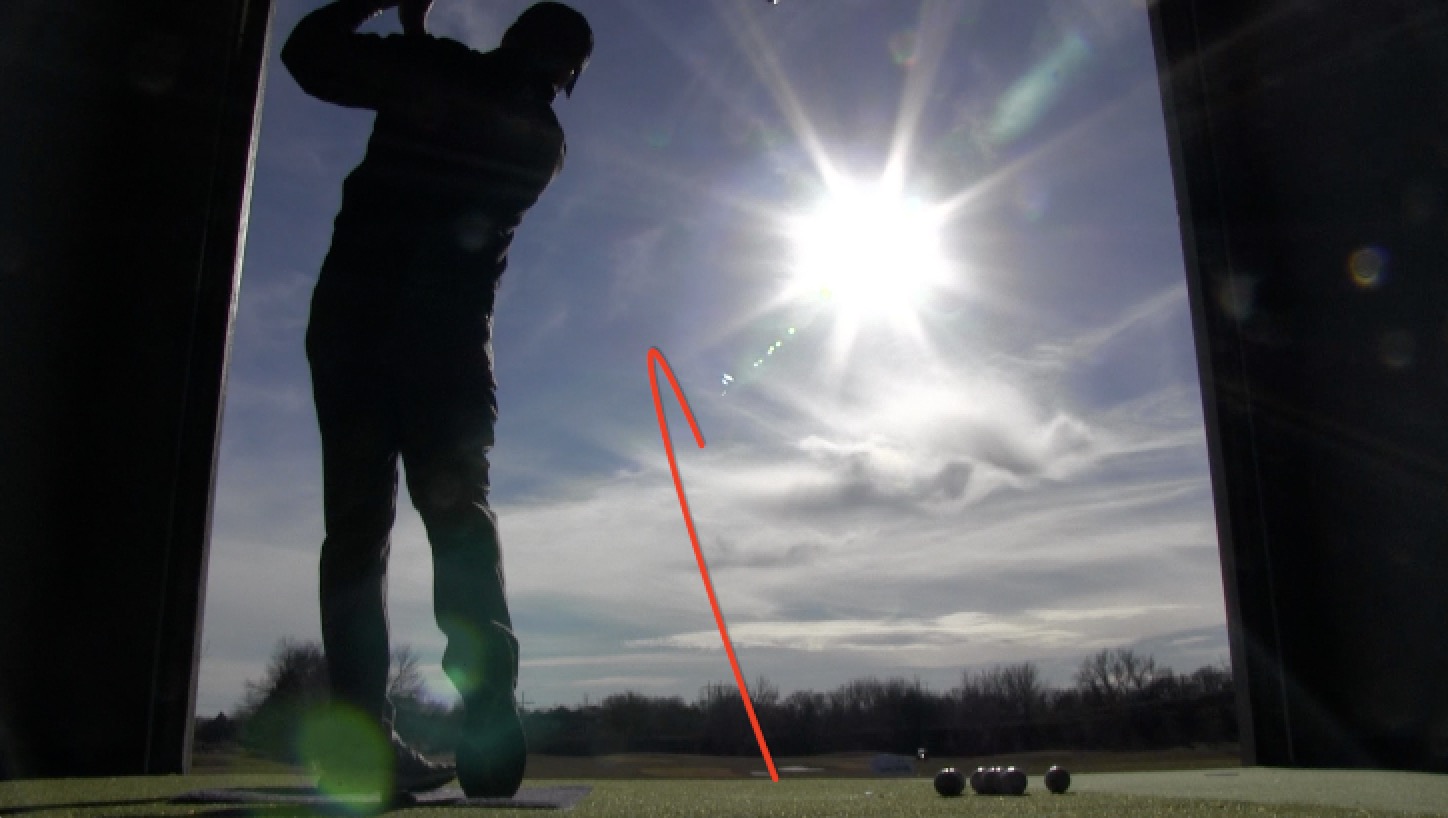
Now, what I’m describing may sound an awful lot like a slice. Here’s the difference.
Golf Fade vs. Slice
The most significant difference between a fade and a slice is intention.
The shape of your ball flight on a golf fade is accurate and deliberate. You used a specific swing path, stance, and grip with the goal of accomplishing that slight rightward curve.
A slice is an accident. In a slice, your ball veers away from your intended flight path. This is an extremely common problem for a lot of golfers, and USGolfTV has several great tips for fixing your slice and hitting a nice, high draw.
For now, we’re just focusing on mastering the golf fade… a much easier task than drawing the golf ball.
What is a Power Fade?
Now you understand what a fade is, but what about a power fade?
It’s exactly what it sounds like. A power fade is a fade packed with a little extra power. It’s that perfect combination of accuracy and distance created through excellent technique and increased club head speed.
Without a doubt, a fade is one of the most powerful skills you can have in your tool box. But how do you master this technique?
Here are a few ways to adjust your stance, grip, and golf shot so you can start hitting a fade.
How to Hit a Power Fade
It only take a few minor adjustments to start hitting a fade. Here’s where to start.
Open Your Stance
If you’re trying to hit a power fade, you are essentially trying to change the curve of your ball flight, right? You want the golf ball to travel straight, then curve gently to the right on its decent. (Left if you’re left-handed.)
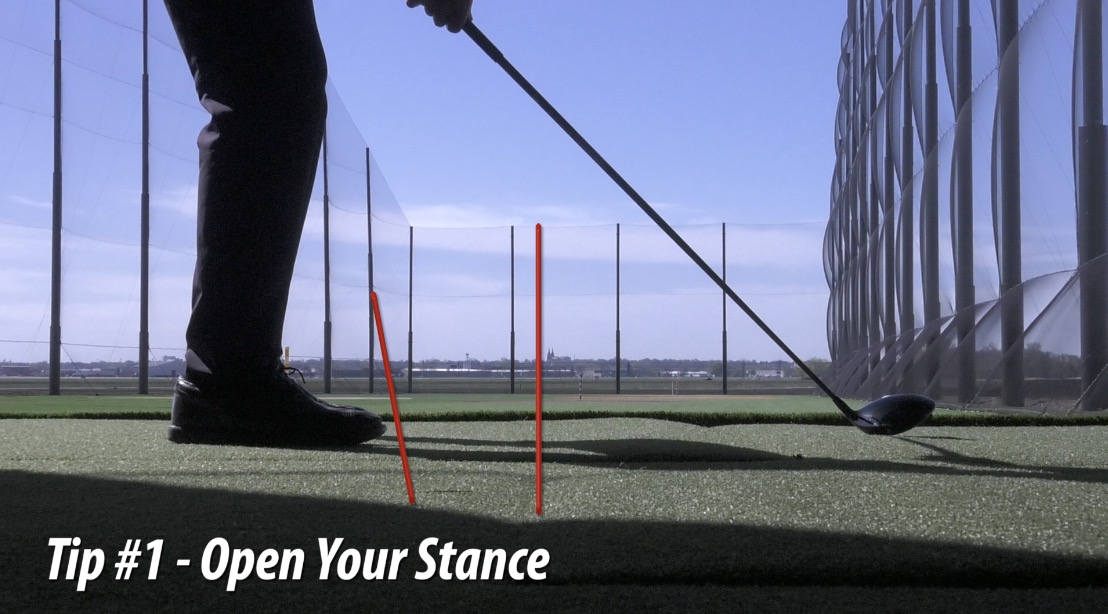
The easiest way to change the curve of your ball flight is to change your aim. The easiest way to change your aim is by changing your swing path. And believe it or not, you can do that by moving one foot a few inches. Here’s how:
- Take your regular golf stance with your feet square and the ball in proper ball position. (Your feet are “square” when your toes are in line with one another and pointed toward the ball.)
- Pull your lead foot back slightly in your stance.
This tiny shift opens your stance. An open stance promotes a new swing path where the club works out and across the ball. This golf swing motion promotes a fade.
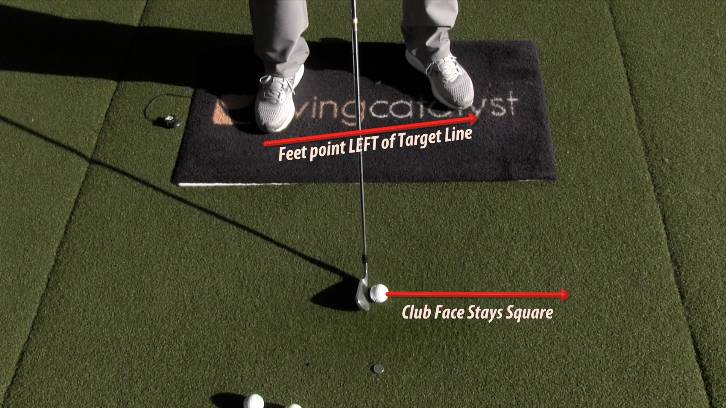
Weaken Your Grip
I almost never give advice like this. I’m generally not a big fan of changing the golf grip. There are several factors that determine which golf grip is best for you, and I’m more inclined to suggest adjusting your swing for your grip, not vice versa.
But when it comes to hitting a power fade, a small, temporary grip adjustment could be a game-changer.
Now, here’s what I mean by “small adjustment.”
When I take my regular, neutral grip, I can look down at the club handle and see about two knuckles on my lead hand. To weaken my grip just slightly, I would rotate my lead hand back a little so I can only see one knuckle. That’s it.
The change is that small. And there is no need to change the grip of your trail hand. In fact, I advise against it.
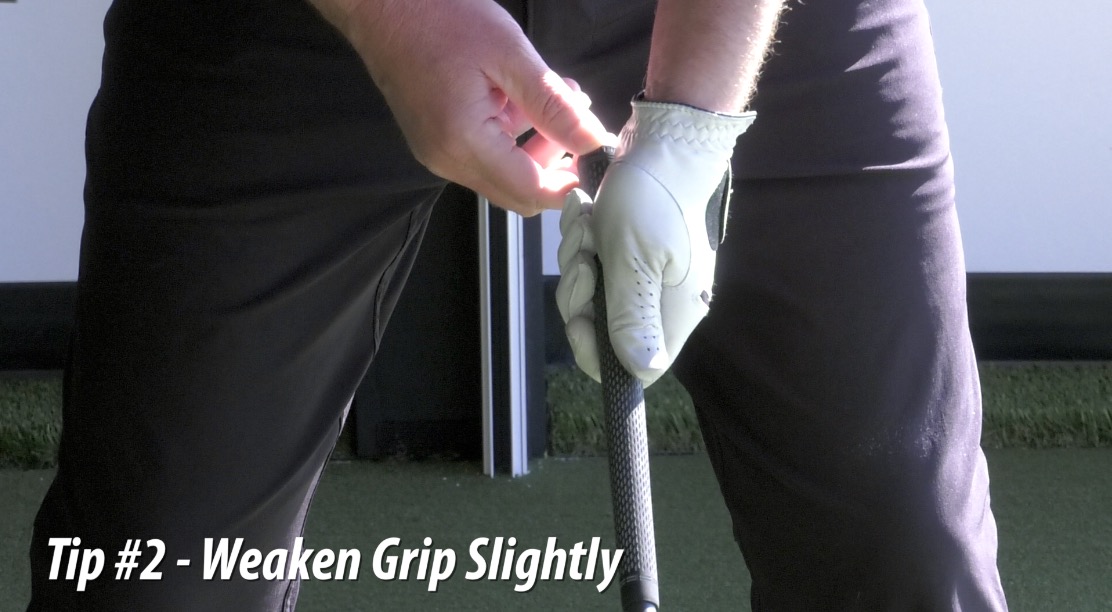
A weaker grip makes it harder to release the club head on your golf swing. This ensures the club face is a little more open at impact, which in turn helps you fade the golf ball.
Accelerate Your Swing
To be clear, swinging the club faster is not a method for changing the curve of your ball flight.
But I bring it up here because when you can hit a golf fade, you can also increase your swing speed. And a faster golf swing means more distance off the tee.
You see, a golf shot doesn’t roll out as much when the ball falls slightly to the right. Because you have this level of control in a fade, you can smoke the golf ball without worrying about a runaway shot.
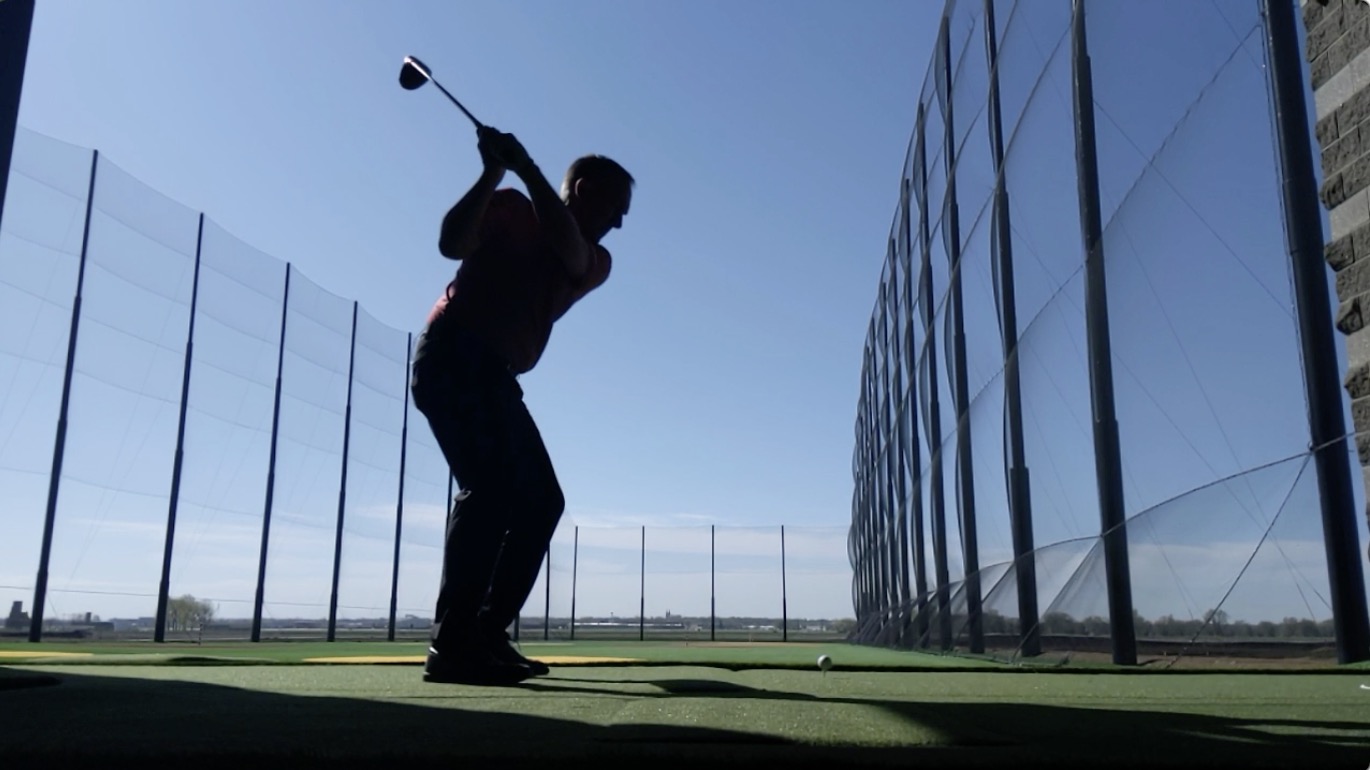
And ultimately, the goal of a power fade is to hit a golf fade that’s loaded with speed and power. But focus on mastering a fade first. Then increase your speed.
Now for a few quick tips to help you blast your way through the next eighteen holes.
Strategies for Improving Your Golf Fade
Now that you’ve mastered the basic concepts behind fading the golf ball, here are a few strategies for nailing that power fade.
Practice with Your Driver
First, you need a basic understanding of which golf clubs are best for a power face and which will complicate your effort.
A fade is always easiest with a club that has a lower loft. Throughout the history of golf, the most impressive fades have almost always been off the tee. If you notice an incredible power fade on the PGA tour, odds are it came from a driver.
I recommend you practice hitting a fade off the tee before you do anything else. When you can master hitting a fade with your driver, you’re in a great spot.
After that, you can try your 3-iron or hybrid.
Don’t bother with high-lofted golf clubs. It’s almost impossible to hit a power fade with a 9-iron or a pitching wedge.
Perfect the Arnold Palmer Finish
You know that classic finish we all think of when we think of the great Arnold Palmer. It’s that iconic pose we see at the end of his most powerful drives.
The club is high. His arms are high. His elbows are separated.
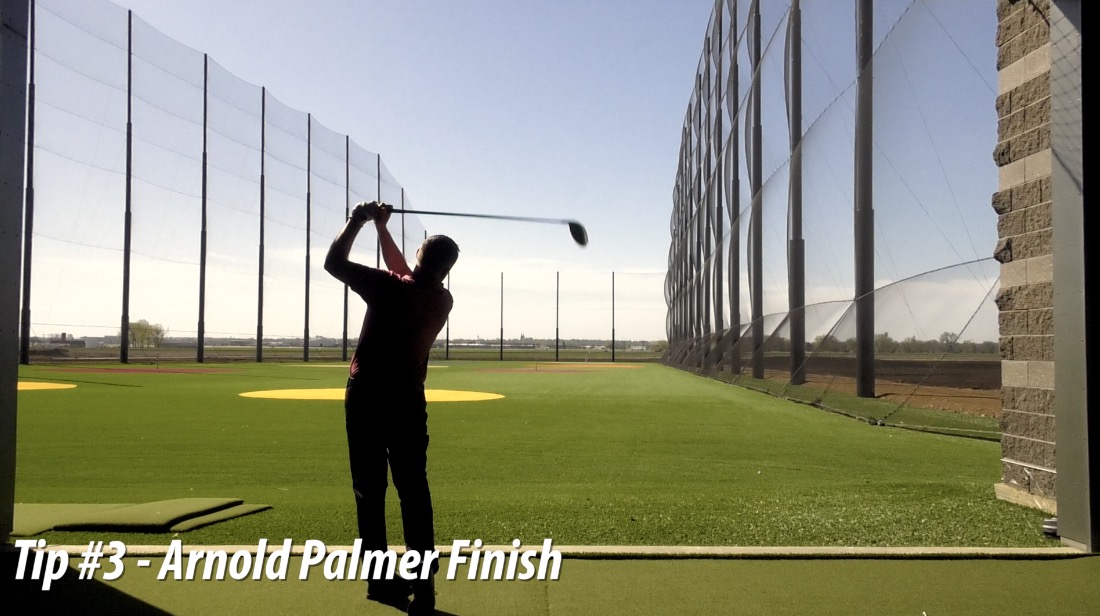
This is what you want to strive for. I recommend practicing what I call your “Arnie Swings.” Take a few shots with the goal of ending in that same famous finish.
- Club should be high.
- Arms should be high.
- Elbows should be separated.
When you follow a swing path that finishes in this position, you naturally maintain a slightly open club face. That face position sets you up for a solid power fade.
Now you know the most important how-to’s of a golf fade. To close things out, I’m going to share tips for deciding when and how to hit this killer shot. I’ll also drop a bonus grip tip that guarantees immediate results.
Tee Down
Are you ready for the easiest tip in this entire article?
Tee down slightly when you set up to hit your driver.
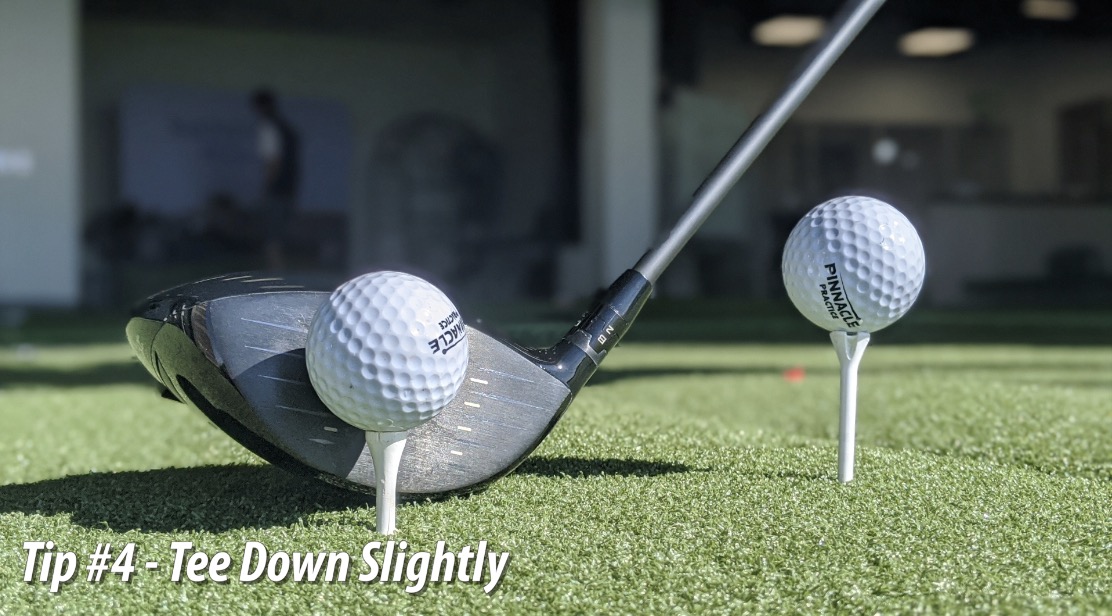
Normally, you’d want to tee it up so half the golf ball is above the club head at setup. But if you’re trying to hit a power fade, you need to tee down slightly. In other words, sink the tee a little lower so the ball aligns with the center of the club face at setup.
Easiest, Most Effective Ways to Hit a Golf Fade
It’s not enough to just know how to hit a power fade. You also need to understand how to use this particular shot as a meaningful tool in your golf tool belt. Used well, a power fade can shave strokes off your scorecard and enhance your entire game.
But if you break out the fade in the wrong way at the wrong time, you risk frustration . . . and a lot of hazards.
When and Where to Hit a Power Fade
Without diving too deep into the physics of golf, let’s break down the basics of ball flight on a power fade.
When you hit a fade, the ball first travels straight toward the target, then curves right on its descent. This means you should only use this type of golf shot when a rightward curve is beneficial. You should also aim slightly to the left of where you want the ball to land.
Here are a couple examples of when a power fade serves you well.
Hazards
Let’s say you’re a right-handed golfer. (If you’re left-handed, just reverse all directions in this scenario.)
You step up to the tee box and look at the hole ahead. There’s a large water hazard to the right. On the left, it’s all rough.
This is a great time to put those power fade skills to work. In this scenario, you want to:
- Tee up on the right side of the tee box.
- Aim your swing path down the left side.
If you hit a solid power fade, the ball will begin its flight toward the rough, then direct itself back onto the fairway.
Now, here’s why a power fade is so beneficial in this scenario.
When you attempt a fade, you take control of your risks. Sure, you might fail to fade the ball. It happens. But if the shot doesn’t go as planned, what’s the worst case scenario?
You land in the rough. That’s survivable.
Suppose instead you just try to aim the golf ball right down the center of the fairway. What’s the worst case scenario here?
You hit a slice. The ball veers right, and now you’re in the water.
Wind Direction
As a golfer, you know it pays to ride the wind whenever you can. And your new golf fade skills can really come into play here.

The next time you’re standing at the tee and you notice the wind blowing left to right (if you’re right handed), hit a power fade. Bust it down the left side, let the ball get up high, and watch it ride the wind for impressive distance.
If you’re a left-handed golfer, the mechanics are the same, but in reverse direction. Fade the ball when the wind blows right to left.
1 Simple Tip to Start Hitting Power Fades Today
Okay, here it is. The super easy bonus tip you’ve been waiting for.
This is a trick I picked up from a fellow instructor about twenty years ago when I was struggling with my hook.
Grip the club as tight as you can with the last three fingers of your lead hand. To be clear, your last three fingers are the middle finger, ring finger, and little finger.
That’s it. That’s the whole tip.
When you grip harder using just these three fingers, you create a lot of tension in your forearm. That rigidity influences your golf swing. When your forearm is tense, it’s far more difficult to rotate the club head closed. So that tight, three-finger grip forces an open club head . . .
. . . and a long, strong power fade.
If all this advice seems a little too simple . . . well, it’s because hitting a fade is easier than most golfers think. Practice putting all these tips to work and I promise you’ll start seeing results on the golf course sooner than you thought possible.
I also recommend checking out the LiveView swing camera as a potential training aid as you work on the fade and other important golf shots. This is one of my favorite tools as it gives you a live, mirror image view of your own golf swing. Golf Digest is a big fan, too.
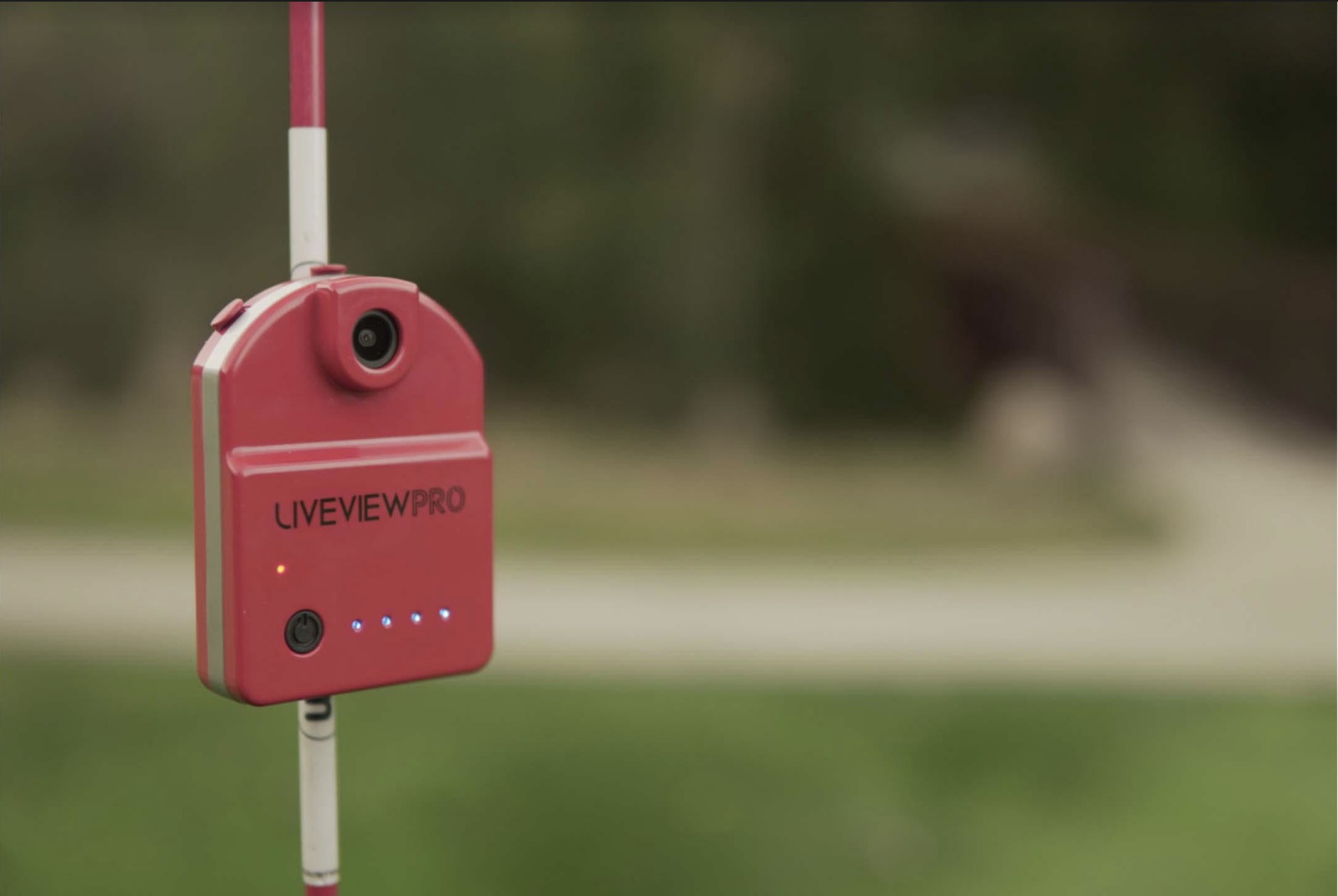
Any questions? Drop me a line in the comments section and let me know how I can help. We’d also love to hear your own tips for hitting a fade. And if you see anything here you disagree with, tell us about that, too! We love talking golf, whether we’re distributing advice or engaging in a debate.
For more in-depth golf tips, visit us at GreatGolfTipsNow.com. This new video series is completely free and packed with detailed advice to help you play better golf!


Great article. very informative.
I play a fade with a strong grip.
It’s a much more consistent technique because it requires less timing.It also requires very little practice once it’s ingrained.
Hello, I love your article, on how to hit a power fade with the driver.
May I please ask, how should I set up my driver head as far as the degree of loft and angle?
My driver is adjustable. Is a lower loft like 9 1/2 degree, better than 10 1/2 degree loft?
Should I angle my driver with a little more of an open face, neutral or closed?
Thank you very much,
Sam Sapien
69 year old golfer…play upper 80’s to mid 90″s.
Sam, thanks for the question and posting. Based on what you have listed, I would go with the 10.5 loft on the driver. It is better to get some launch and carry and the high loft will help you do just that. Check out our YouTube channel for some great ideas on improving your distance. Good stuff!
Michael, there is some good data to support what you say here…the key is finding what works for you and sticking with it. Solid post!
Hi Todd,
I love your video’s. They are so informative and easy to understand. Thank you.
My question: I looking to purchase one of the clubs you did videos on and not sure which to get. The MuL or Hummingbird. Which do you recommend more?
Thank you,
Marion
Marion,
Thank you for the kind word. Our team does it’s best to provide good solid information that the average golfer can understand. If you struggle with the high soft shot go for the Hummingbird, if you struggle with the basic chip shot, the MuL is your best bet. Hope that helps.